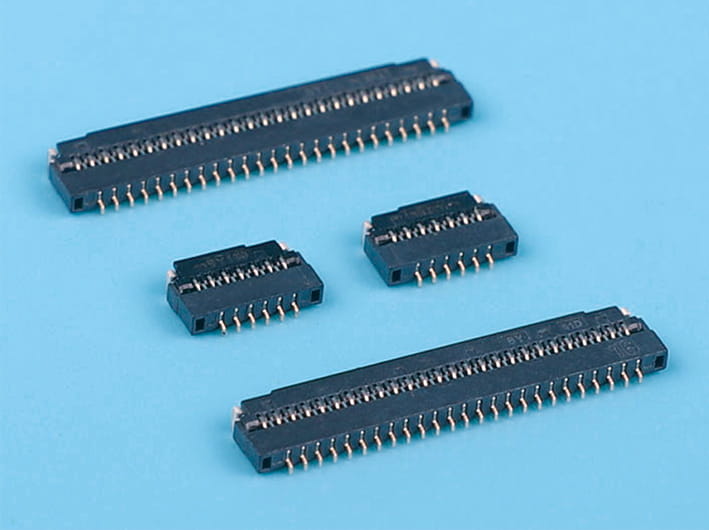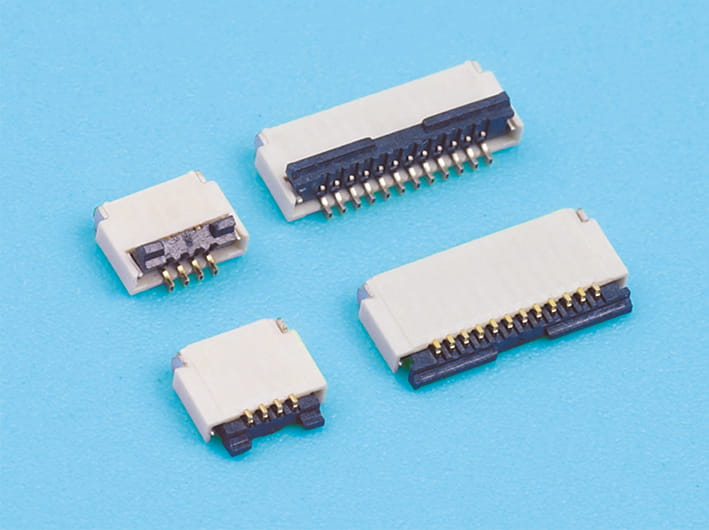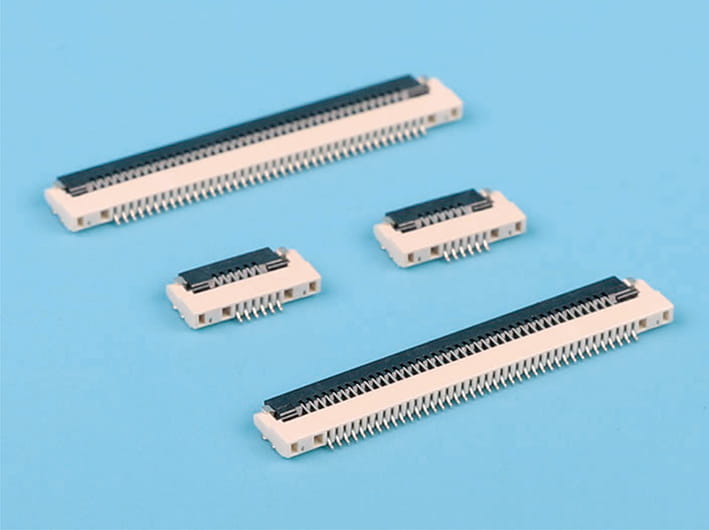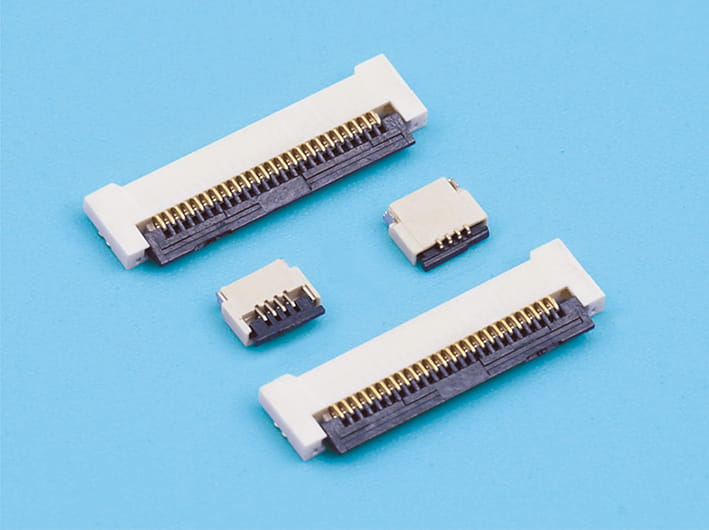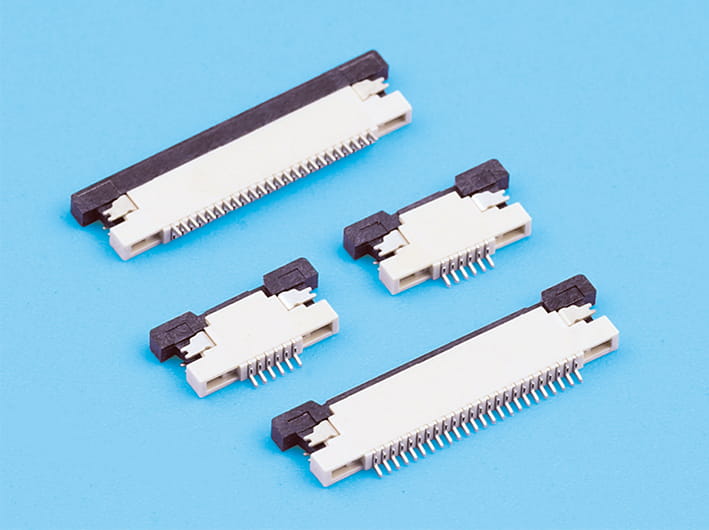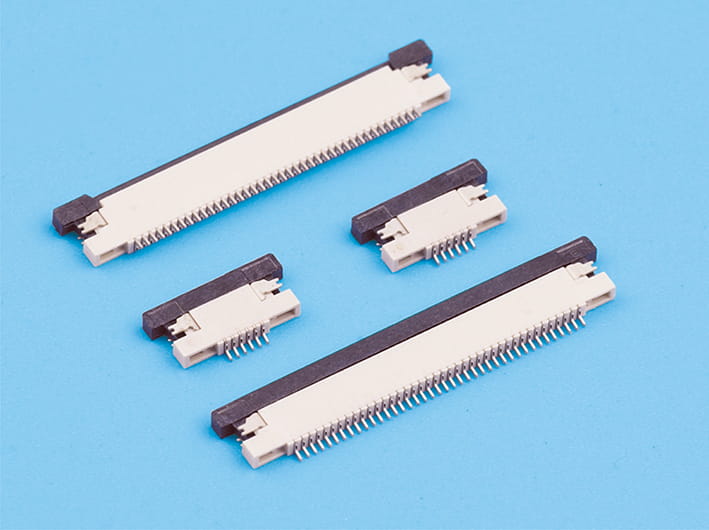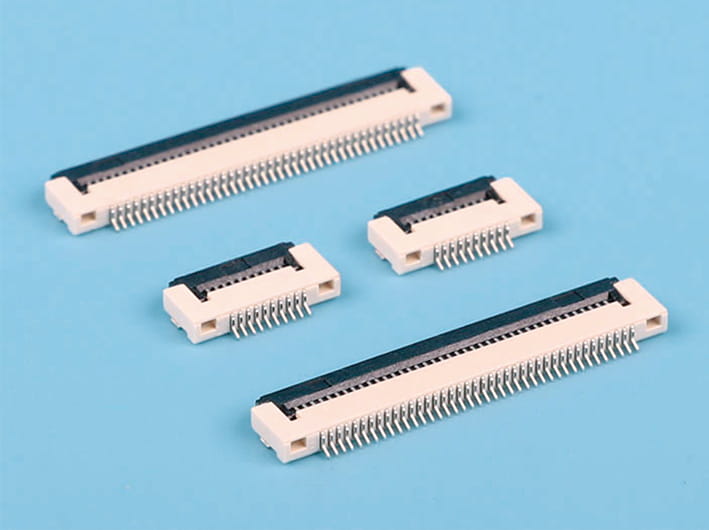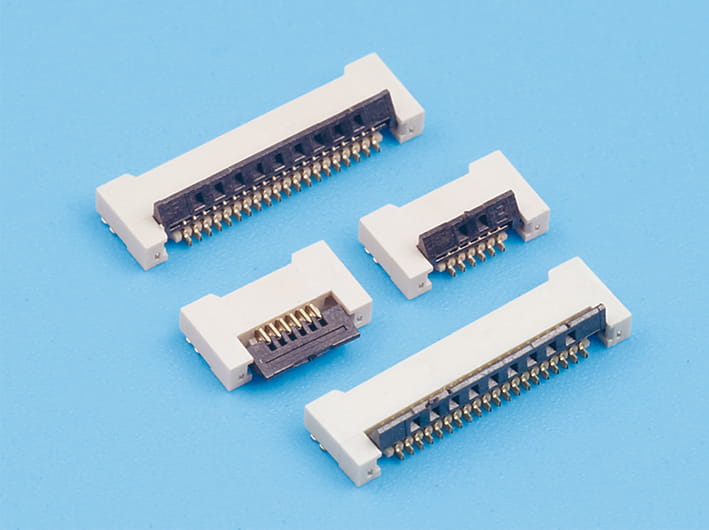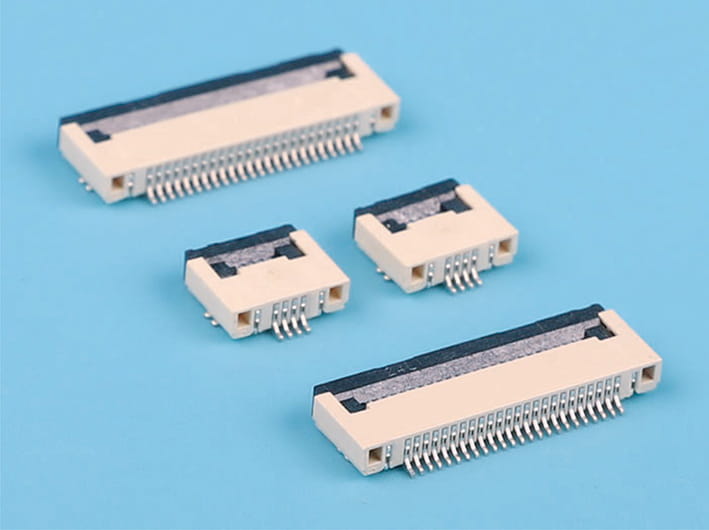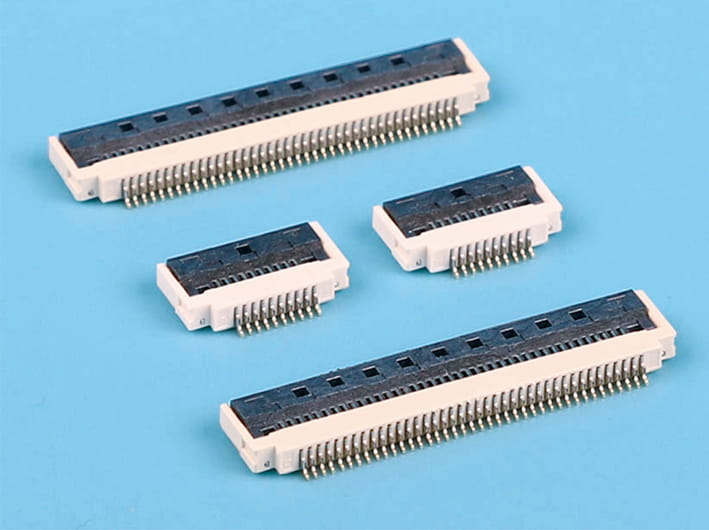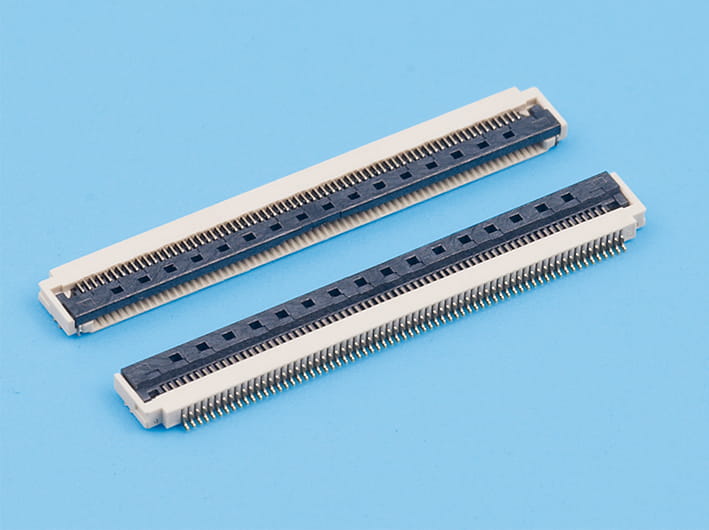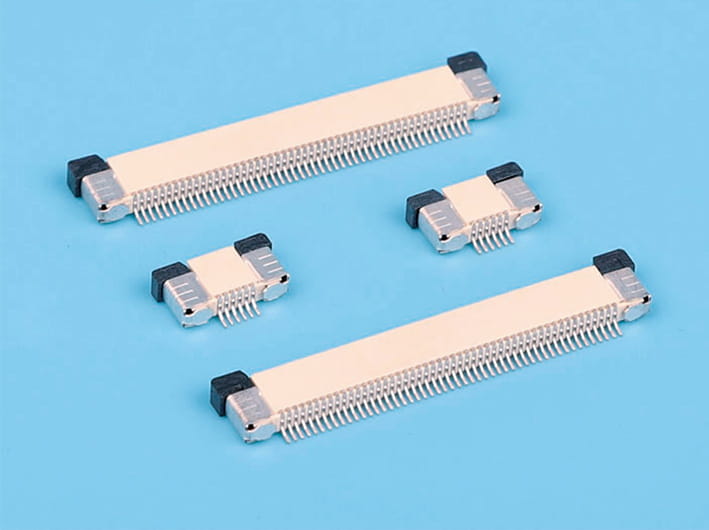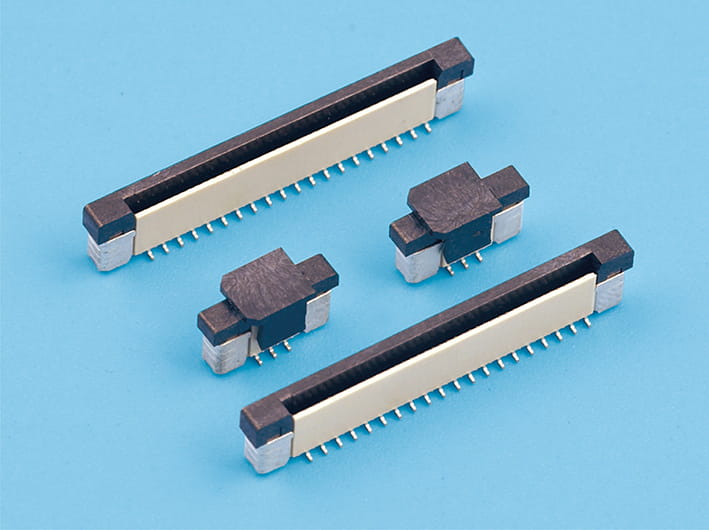Evaluating the Performance of Board to Board Power Connectors Across Varied Temperature Environments
Design Board to Board Power Connector Manufacturing Maker
The performance of Board to Board Power Connectors is a critical factor in determining their suitability for various applications, especially in industries where temperature fluctuations are common. These connectors, essential for establishing reliable power and signal transmission between circuit boards, must withstand a range of thermal conditions without compromising their efficiency or integrity. This article delves into the performance characteristics of Board to Board Power Connectors when exposed to different temperature environments, from sub-zero to elevated temperatures, and how these conditions affect their functionality.
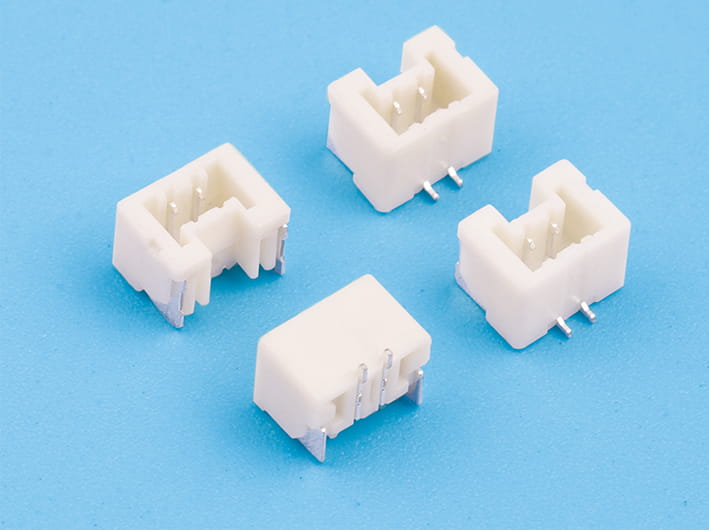
Board to Board Power Connectors are designed to provide a robust connection in tight spaces where traditional connectors may not be feasible. Their compact design allows for dense packaging, which is ideal for modern electronics that demand miniaturization. However, the performance of these connectors is not only a function of their physical design but also of the materials used in their construction. High-quality materials can enhance the thermal stability of Board to Board Power Connectors, ensuring that they maintain their performance across a wide temperature range.
At low temperatures, the primary concern for Board to Board Power Connectors is the potential for material contraction, which can cause increased resistance and reduced conductivity. The materials used in the connectors must have low temperature coefficients to maintain consistent electrical performance. Additionally, the connectors must be able to withstand the potential for condensation or ice formation without suffering from corrosion or other forms of damage.
As temperatures rise, the performance of Board to Board Power Connectors is again put to the test. High temperatures can cause materials to expand, causing potential disconnections or increased resistance. Moreover, prolonged exposure to high temperatures can cause the degradation of the connector's insulating materials, which can result in short circuits or other electrical failures. Therefore, the connectors must be made from materials that have high thermal resistance and are capable of withstanding these conditions without degradation.
Thermal cycling, the process of repeatedly heating and cooling, can also have a significant impact on the performance of Board to Board Power Connectors. The stress of thermal expansion and contraction can cause mechanical fatigue, potentially causing the connectors to fail over time. Connectors that are designed with this in mind will have a longer lifespan and greater reliability in environments where thermal cycling is common.
Another aspect to consider is the effect of temperature on the connector's ability to dissipate heat. In high-power applications, the ability of a Board to Board Power Connector to manage heat is crucial. Poor thermal management can cause overheating, which can damage the connector and the connected components. Connectors that are designed with heat sinks or other heat dissipation features can perform better in high-temperature environments.
In conclusion, the performance of Board to Board Power Connectors in different temperature environments is a complex issue that depends on a variety of factors, including the materials used, the design of the connector, and the specific application requirements. By understanding these factors and selecting connectors that are rated for the expected temperature range, engineers can ensure the reliability and longevity of their electronic systems. The adaptability of Board to Board Power Connectors to diverse temperature environments is a testament to their versatility and suitability for a wide range of applications, from consumer electronics to industrial and automotive systems.



 English
English 中文简体
中文简体 Español
Español عربى
عربى